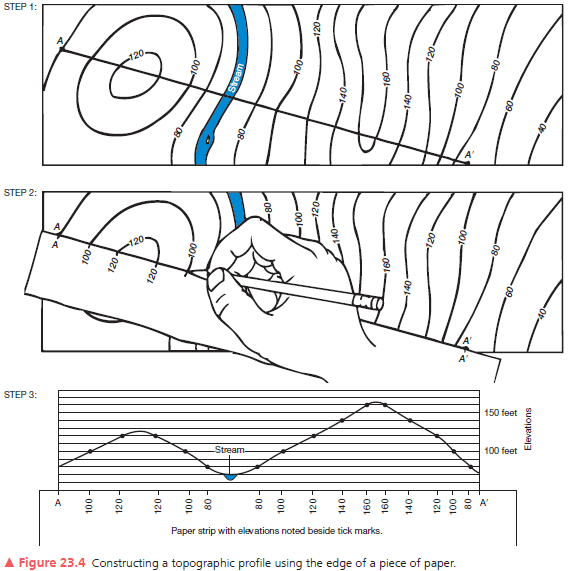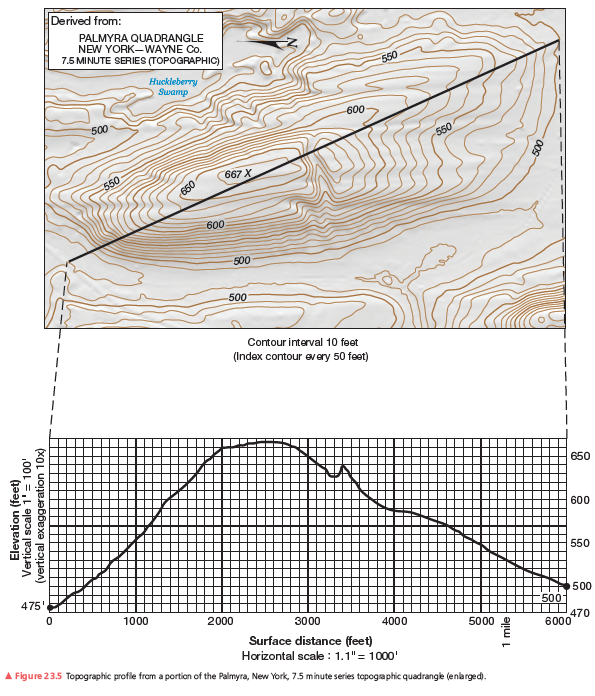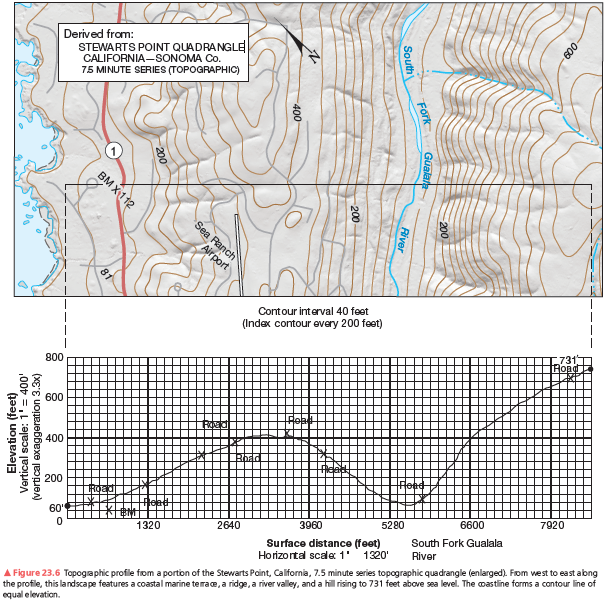Heat
A) is the same as temperature.
B) usually moves from colder objects to warmer objects.
C) is the sum of all energy in a given object or parcel of air.
D) does not flow between objects that have the same temperature.
E) is a measure of potential energy.
D
You might also like to view...
How many covalent bonds would the following generic atom usually form?![]()
A. 8 B. 2 C. 4 D. 1 E. would usually not form any covalent bonds
If we used a vertical scale identical to the horizontal scale, how many squares on the graph would accommodate the maximum relief along the profile?
A second example of a vertical profile is in Figure 23.6. Using the same procedure as you did on the previous assignment, construct a topographic profile. Label the South Fork of the Gualala River (see Figure 23.4, Step 3), the bench mark at 112 feet, and various road crossings on your profile. The coastline forms a contour line of equal elevation—sea level. Note the change in contour interval and scale from that of Figure 23.5. Use Figure 23.6 to answer further questions about preparing a topographic profile.



Ocean-ocean plate convergence formed major mountain belts such as the Andes and Cascades.
Answer the following statement true (T) or false (F)
Population growth in Europe is being fueled by natural increase, not by immigration.
a. true b. false